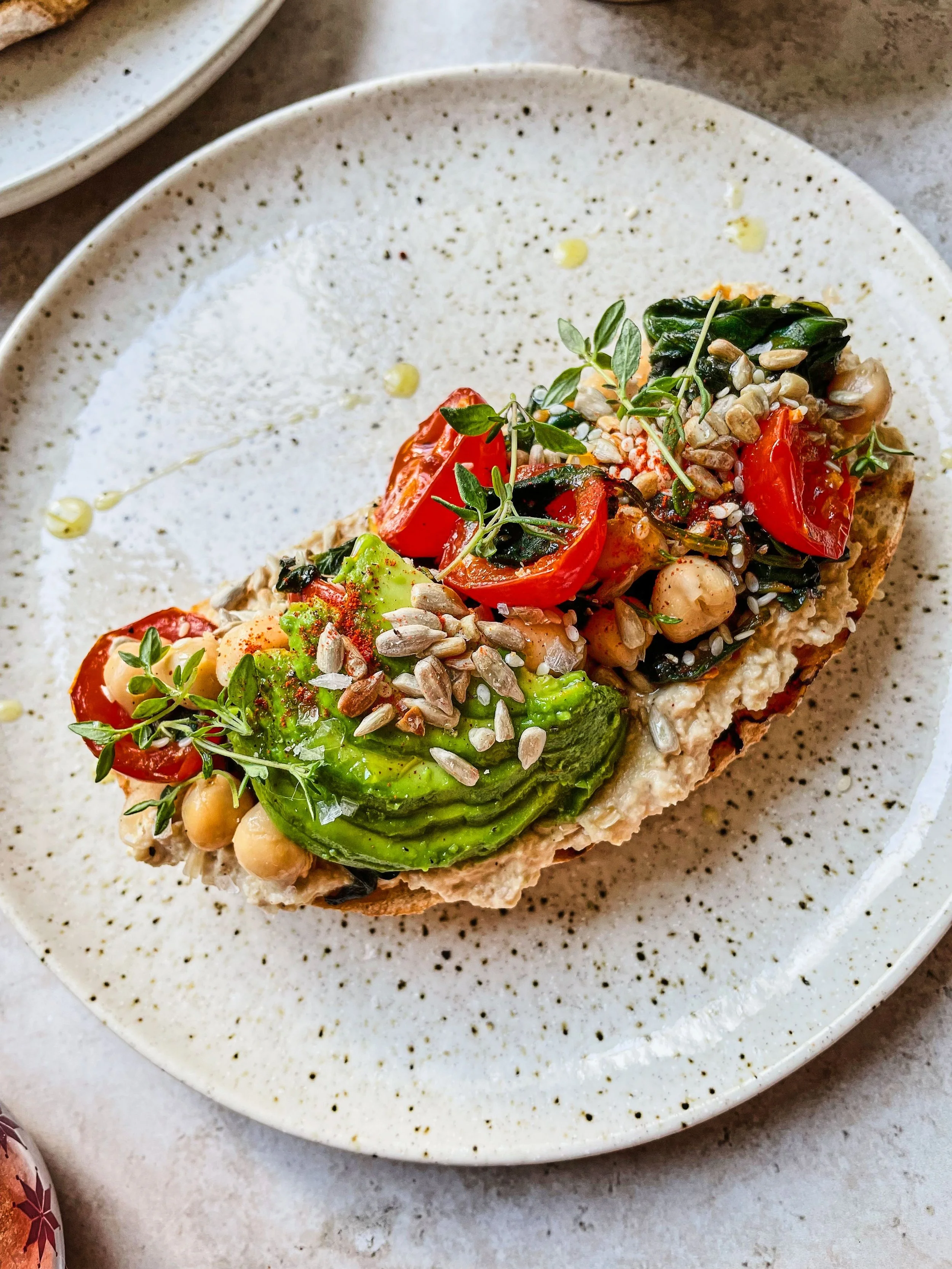Empowering Women Through Pain-Free Beauty and Wellness Treatments
We’ve all heard the old saying: “Beauty is pain.” For years, many of us accepted that discomfort was just part of the process, whether it was a stinging wax, a pinching facial, or the dreaded laser zap.
But lately, new treatments have started emerging. And what makes them so special is that they prioritise comfort as much as results. And so, the idea that self-care has to hurt is slowly fading.
Choosing Comfort, Choosing Control
One of the most empowering parts of this shift is that we get to make choices based on comfort. Take numbing creams, for example—they’ve totally changed the game for many treatments that used to be, well, kind of dreaded. Whether it’s microneedling, laser hair removal, or a quick cosmetic touch-up, using something like EMLA cream beforehand can make all the difference. It’s one of those small things that puts you back in control. You can even buy EMLA ahead of time so you’re prepped and ready for your next appointment.
This may seem like a small step, but it gives people back control over how their treatment feels, and that in itself is freeing.
And it’s not just about physical comfort—it’s emotional, too. When you know you have options and feel prepared, you’re way more likely to try new things, ask the right questions, and walk away feeling good about the experience. That kind of confidence changes the relationship we have with beauty.
Innovations That Care
Newer technologies are designed with comfort in mind. Lasers are becoming more precise and gentle, and treatments like microneedling now often include numbing and cooling treatments to ease discomfort.
Even injectables, which used to intimidate a lot of people, are now being done with approaches that reduce pain and downtime. For women with sensitive skin or a low pain tolerance, this opens the doors to a lot of new treatments that once felt out of reach. This focus on comfort is what makes beauty feel more inclusive since it allows more of us to participate.
Rethinking the Way We Approach Wellness
Of course, comfort isn’t only about how a treatment feels physically but also about how it fits into the bigger picture of our lives. Wellness today is as much about reducing stress and boosting energy as it is about glowing skin. For some women, this might mean choosing facials that feel more like a spa session and for others, it’s about finding low-effort skincare routines that still deliver amazing results.
What’s great is that this kind of mindset often spills into other areas of life. When you give yourself permission to choose what feels good, you start asking: Where else can I make things easier for myself? Where else can I stop pushing and start softening? Wellness, in that sense, becomes a lifestyle, not just a routine.
Moving Away from “No Pain, No Gain”
For decades, the idea of beauty being something you suffer through has been baked into everything from marketing to magazine articles. But let’s be honest, most of us are over the hustle. We want to feel good, not just look good.
Besides, the idea that beauty has to be hard, uncomfortable, or punishing is outdated. In fact, according to the Cleveland Clinic, stress and physical discomfort can actually worsen skin conditions. So, forcing yourself through painful treatments might be doing more harm than good.
That’s why the move toward comfort-focused treatments is so empowering. It’s an acknowledgement that the best kind of self-care is the kind that works with your body, not against it.
Real Women, Real Relief
You don’t have to look far to hear from women who’ve had better experiences once they embraced pain-free beauty. For some, it’s finally getting laser hair removal without flinching. For others, it’s the relief of walking out of a facial without redness or irritation. These small shifts make a big difference.
And when treatments feel good, people are more likely to stick with them and actually get to enjoy the entire journey. Plus, that consistency often leads to better, longer-lasting results and, more importantly, it changes how we feel about caring for ourselves.
Beauty Without the Burnout
There’s a big difference between showing up for yourself and pushing yourself too far. And honestly, a lot of us have spent years confusing the two. But pain-free wellness is helping us reframe what self-care really looks like. It’s not about “earning” rest or forcing results. It’s about creating space to feel good without guilt.
From a psychological perspective, this shift is very powerful. When we choose comfort and ease, we’re not being lazy, but showing ourselves compassion. That’s huge! Because so many women have internalised the idea that we have to push through pain, that we should be uncomfortable to prove we’re doing something worthwhile. But choosing what feels good isn’t a weakness—it’s self-awareness. It’s emotional maturity that shows us knowing our limits and honouring them too.
This mindset is especially important in a world that still, in subtle ways, tells women to shrink, to endure, to prioritise everyone else. Choosing a path that centres our own comfort and confidence is an act of quiet rebellion and deep self-respect.
More Than Skin Deep
When beauty and wellness treatments feel good, they stop being something we just “get through” and instead become experiences we enjoy. They become an experience that we actually enjoy, supporting both our body and our mind. This matters more than we often realise, because being in control of how we care for ourselves is quite a powerful thing.
At its core, this is what the movement toward pain-free beauty and wellness is all about - giving women more freedom: the freedom to explore treatments that suit them; the freedom to enjoy their routines; and the freedom to feel at home in their bodies.
No one should have to suffer to feel beautiful. And thanks to new options, better information, and a growing culture of care, now we don’t have to!




